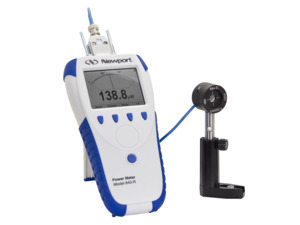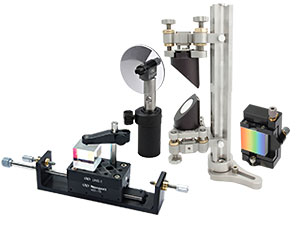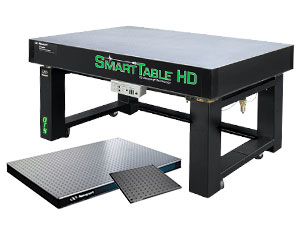Transparent Optical Materials Characterization
Reliable methods for determining the nonlinear optical properties of materials have been developed for wide ranging applications such as optical limiting, multi-photon polymerization, and optical switching. Of these methods, the "z-scan", introduced in 1985 and later developed by Eric Van Stryland remains the standard technique. The z-scan technique is performed by translating a sample through the beam waist of a focused beam and then measuring the power transmitted through the sample. Z-scan has many possible configurations (e.g. "EZ-Scan", "White Light z-scan", "Excite-Probe z-scan"). The two measurable quantities connected with the z-scan are nonlinear absorption (NLA) and nonlinear refraction (NLR). These parameters are associated with the imaginary and real part of the third order nonlinear susceptibility, and provide important information about the properties of the material.






 Ultra-High Velocity
Ultra-High Velocity